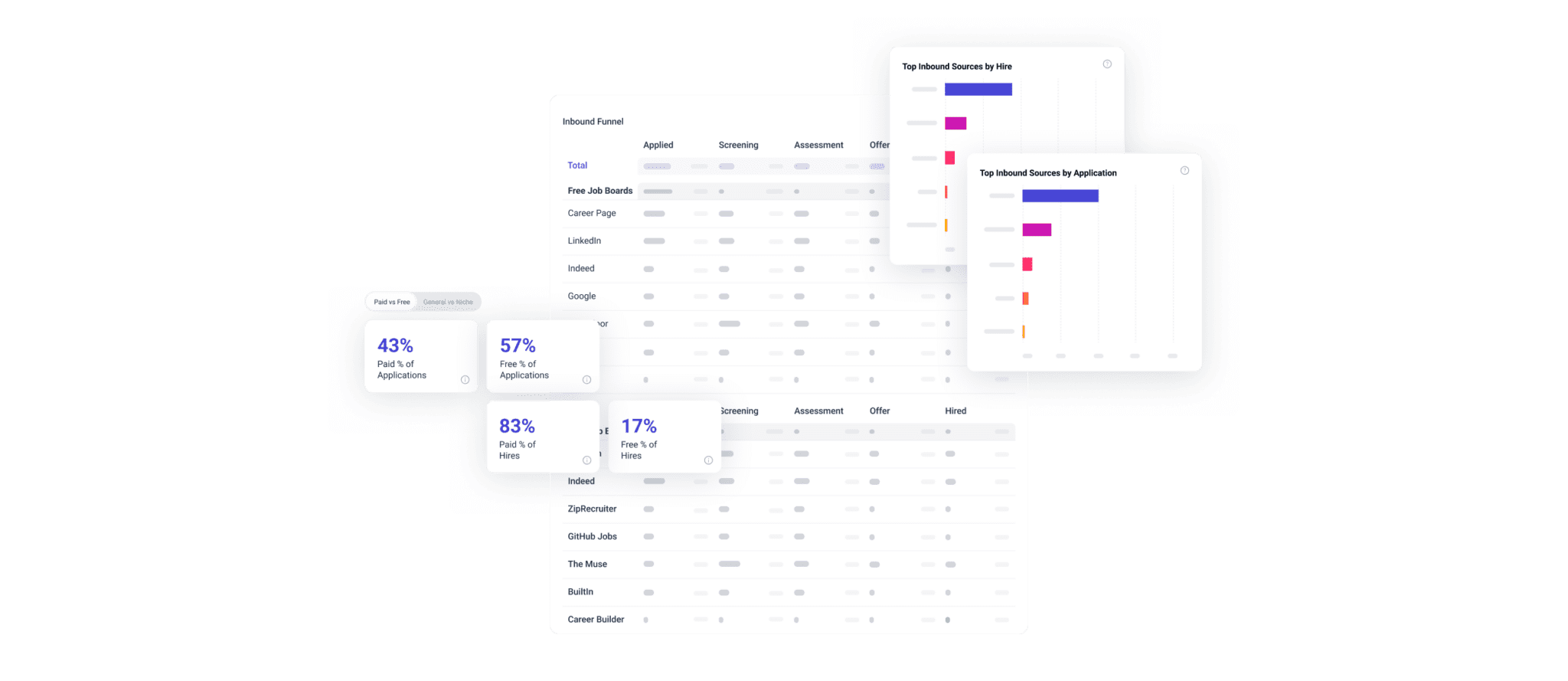Time to fill provides a view into how well you’re marketing your open jobs and moving applicants through the hiring process. It’s a useful metric for finding inefficiencies. However, time to fill’s usefulness depends entirely on how you measure it.
Time to fill is an important metric that recruiting teams can use to improve their organization’s hiring process. It begins when a job post goes live to the general public and ends when a candidate accepts an offer.
When it comes to start and end points, time to fill is a bit of a moving yardstick from company to company. Where you work may determine how you’ve been measuring it.
Some companies use the moment a hiring manager submits a job requisition as the starting point. Others use a requisition approval as the start point. Still others use the moment a job posting goes live on an internet job board.
Same goes for the end point. Some companies stop the clock when an applicant accepts an offer. Others stop it on the candidate’s first day.
Yet how you measure time to fill determines what you’re actually measuring.
For example, starting on the requisition submittal date adds the approval process to the metric. That means any delays in the approval process (e.g., someone goes on vacation) impacts the time to fill metric. (And what does that have to do with job marketing?)
Similarly, ending on a candidate’s first day adds the time after they accepted your company’s offer. How much it adds depends entirely on your human resources team and the candidate’s schedule (e.g., immediate start, two weeks, three weeks). (And, again, how much does that tell you about your recruiting effort?)
How to measure time to fill
So, what are you measuring? Sure, it helps to know how long it takes the machinery of your recruiting process to get underway (i.e., the requisition approval process). But that doesn’t tell you anything about how effective your job posts are. Neither does the period of time between a candidate accepting an offer and starting the job. Track those metrics and others like them separately.
For time to fill, start the clock when you publish your job posting and end it when a candidate accepts. Measuring that period of time gives you the clearest picture of how well you’re marketing your jobs.
Do that, and you’ll get useful, actionable data about your recruiting efforts. Which you can then use to improve your job posts, eliminate inefficiencies in your job marketing process, plan better, and get more qualified applicants into your candidate funnel more quickly.






